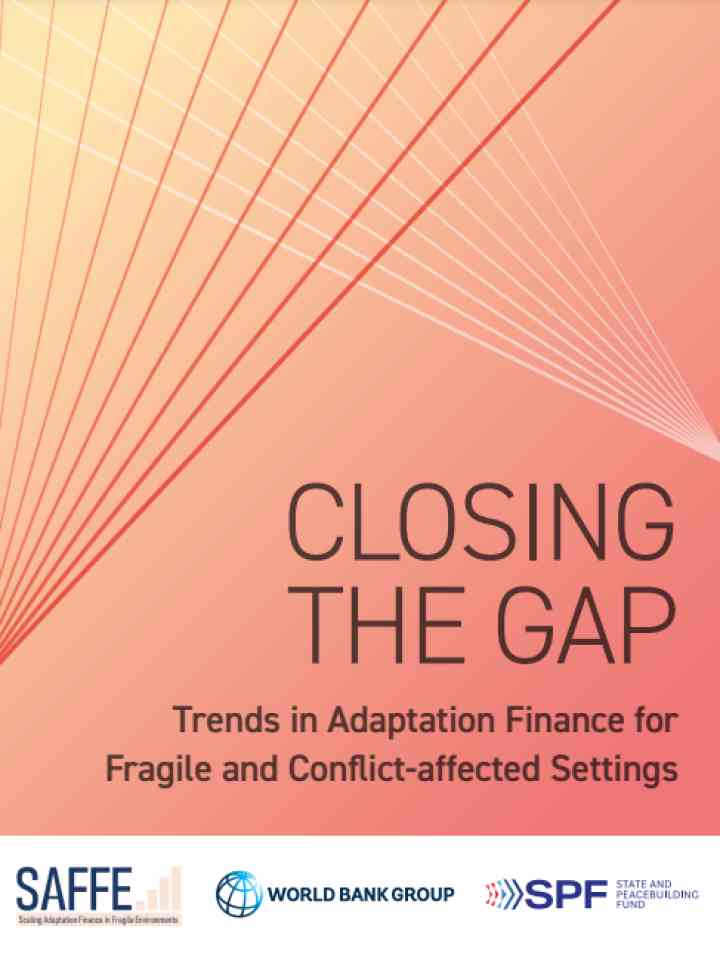Closing the gap: Trends in adaptation finance for fragile and conflict-affected settings
This report examines global financial flows to support adaptation in fragile and conflict affected settings by consolidating a decade's worth of climate finance data from international funders. Global funds to support climate adaptation are a lifeline for low-income countries, and nowhere is this more evident than in settings facing fragility and conflict. While there is little question that countries on the World Bank's Fragile and Conflict-affected Situations (FCS) list are underserved in terms of adaptation finance received from international funders, the scale and nature of the financing gap compared to other low-income countries are less clear.
The report explores the size and nature of adaptation finance to FCS using a database that covers international climate finance commitments from major bilateral, multilateral, and philanthropic funders. The analysis goes further than existing studies, by comparing not just the financial flows going to FCS and non-FCS countries, but also those going to different FCS countries. This allows us to determine whether adaptation finance is targeting the most vulnerable countries and begin to explore factors associated with differences in funding allocations. This report is part of a wider research program aimed at uncovering barriers and entry points to scaling adaptation finance as part of the World Bank's Scaling Adaptation Finance in Fragile Environments (SAFFE) activity.
Explore further
